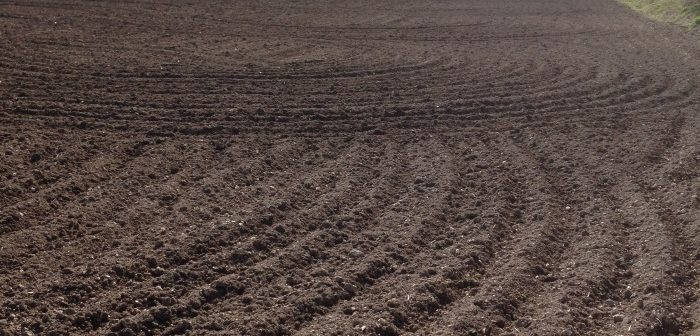Building cover crops into rotations will deliver financial rewards in the long run, growers have been advised.
While turning fields that would normally be used for growing marketable crops over to cover crops seems an expensive decision, a longer-term view on investment is needed, delegates at the latest GREATsoils event heard.
Cover crops’ ability to improve soils could mean reductions in inputs like chemical fertilisers and irrigation water, as well as potential increases in crop yields.
Tim Bevan from the Soil Association said: “Soil should always have something growing in it and cover crops have huge benefits for soils. They improve soil structure, which helps crops take up nutrients and improves drainage.
“Crucially they also add organic matter, which reduces the need to apply expensive chemical fertilisers like nitrogen. Adding fertilisers is unsustainable as it only has short-term benefits and doesn’t add any organic matter into the soil.”
The cost of nitrogen has increased by 310 per cent in 15 years, from £85/tonne in 2000 to £265/tonne in 2015, putting increased pressure on growers’ profit margins. Bare soils also lead to greater water run-off and improving the soil structure means better water retention and drainage, helping reduce the need for expensive irrigation.
“Water run-off from poor soil structures as a result of bare soils also means many nutrients like nitrogen are being washed away from fields,” added Mr Bevan.
Chris Molyneux from Molyneux Kale Company, who attended the GREATsoils workshop, said: “I am looking to produce a sustainable soil that’s going to last going into the future, my business relies on soil. I think soil should always have something growing on it. I use green manure to improve soil structure and drainage and I have reduced my nitrogen input by 100kg per hectare per annum. I also get the extended benefit of better cropping two years after applying green manures.”
Where cover crops are used at the moment, they are often short-term and mono-culture. While this is beneficial, leaving cover crops in the ground for longer periods, as well as using a diverse mix of cover crops within a growing area, could have even greater benefits.
Ian Wilkinson, from Cotswold Seeds said: “Individual cover crops each offer benefits to the soil, but they also have limitations. Many growers will consider sowing mustard to add biomass which is great but by using a diverse mix of cover crops that each perform different functions – from fixing nitrogen in the soil, to attracting different pollinators, to improving soil structure with deep rooted cover crops – you will find you will achieve a much greater effect.
“More diversity means more biomass and therefore better soils, with fewer inputs needed from growers.”
Grace Choto, knowledge exchange manager at AHDB, said: “We know growers might be concerned about the financial cost of turning over fields that would normally be used for growing saleable crops to cover crops or green manures within their rotations and we know there are challenges to achieve this. Through the GREATsoils trials, we are showing that in order to ensure growers can remain competitive in the future, they need to consider the long-term value in their greatest asset, the soil.”
“Investing in soil is a long-term investment, it’s a generational investment, but we can’t afford not to make it,” added Mr Wilkinson.
GREATsoils (Growing Resilient, Efficient and Thriving Soils) is a programme funded by AHDB Horticulture to inspire and support growers to assess and manage the health of their soils. The next GREATsoils workshop, ‘Soil Health & Farm Viability’ will take place on 10 May 2015 in Nottinghamshire. To book a place on the workshop, visit https://horticulture.ahdb.org.uk/events.
A range of cover crop resources are available at cereals.ahdb.org.uk/covered




